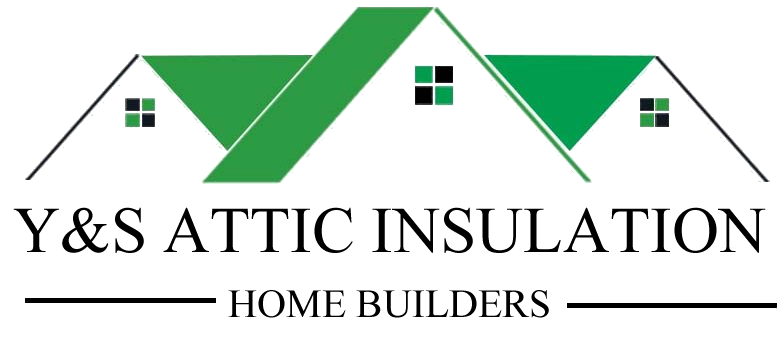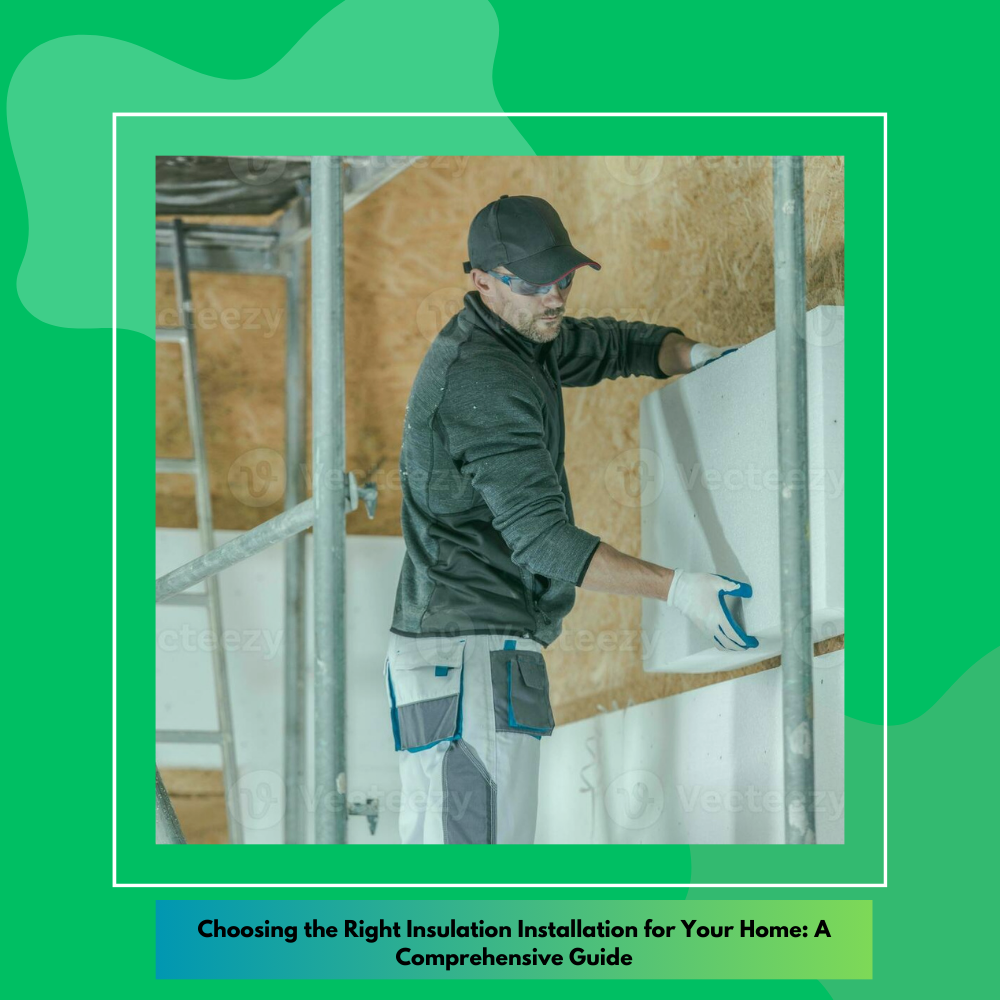Selecting the appropriate insulation installation for your home is essential for enhancing energy efficiency, comfort, and long-term savings. This comprehensive guide will help you understand the different types of insulation and how to choose the best option for your specific needs.
Understanding Different Types of Insulation
There are several types of insulation materials available, each with unique benefits. Fiberglass insulation is popular for its affordability and effectiveness in reducing heat loss. It comes in batts or loose-fill, making it versatile for various applications. Spray foam insulation provides excellent air sealing and high R-value, ideal for hard-to-reach areas. Cellulose insulation, made from recycled paper, is eco-friendly and provides good thermal protection. Rigid foam insulation is known for its high insulating value and moisture resistance, suitable for exterior walls and foundations. Understanding these options helps in making an informed decision about the best insulation installation for your home.
Assessing Your Home’s Insulation Needs
Before choosing an insulation installation, it’s important to assess your home’s specific needs. Factors such as the climate, the age of your home, and existing insulation levels play a significant role. Conducting an energy audit can identify areas of your home that lose the most energy, such as attics, walls, and basements. This assessment helps determine the type and amount of insulation required to achieve optimal energy efficiency and comfort. Tailoring the insulation to your home’s needs ensures effective results.
Benefits of Proper Insulation Installation
Proper insulation installation offers numerous benefits beyond energy savings. It enhances indoor comfort by maintaining consistent temperatures throughout the year, reducing the strain on your heating and cooling systems. Insulation also acts as a sound barrier, minimizing noise pollution from outside and between rooms. Additionally, well-insulated homes have better indoor air quality by preventing drafts and reducing the infiltration of pollutants. Understanding these benefits emphasizes the importance of investing in the right insulation for your home.
Hiring a Professional vs. DIY Installation
Deciding between hiring a professional or doing a DIY insulation installation depends on several factors. Professional installers have the expertise and equipment to ensure proper installation, especially for complex projects like spray foam insulation. They can also identify and address potential issues such as moisture problems and air leaks. However, for simpler projects, such as adding fiberglass batts to an attic, DIY installation can be cost-effective. It’s important to weigh the complexity of the job, potential savings, and your comfort level with the installation process before making a decision.
Choosing the right insulation installation for your home involves understanding the different types of insulation, assessing your specific needs, and considering the benefits and installation options. Whether you opt for professional installation or a DIY approach, proper insulation can significantly enhance your home’s energy efficiency, comfort, and overall value. Use this guide to make informed decisions and invest in the best insulation solution for your home.
Learn more about insulation installation:
DIY Insulation Installation: Pros, Cons, and Key Tips for Success
Insulation Installation 101: What Homeowners Need to Know Before Hiring a Contractor


